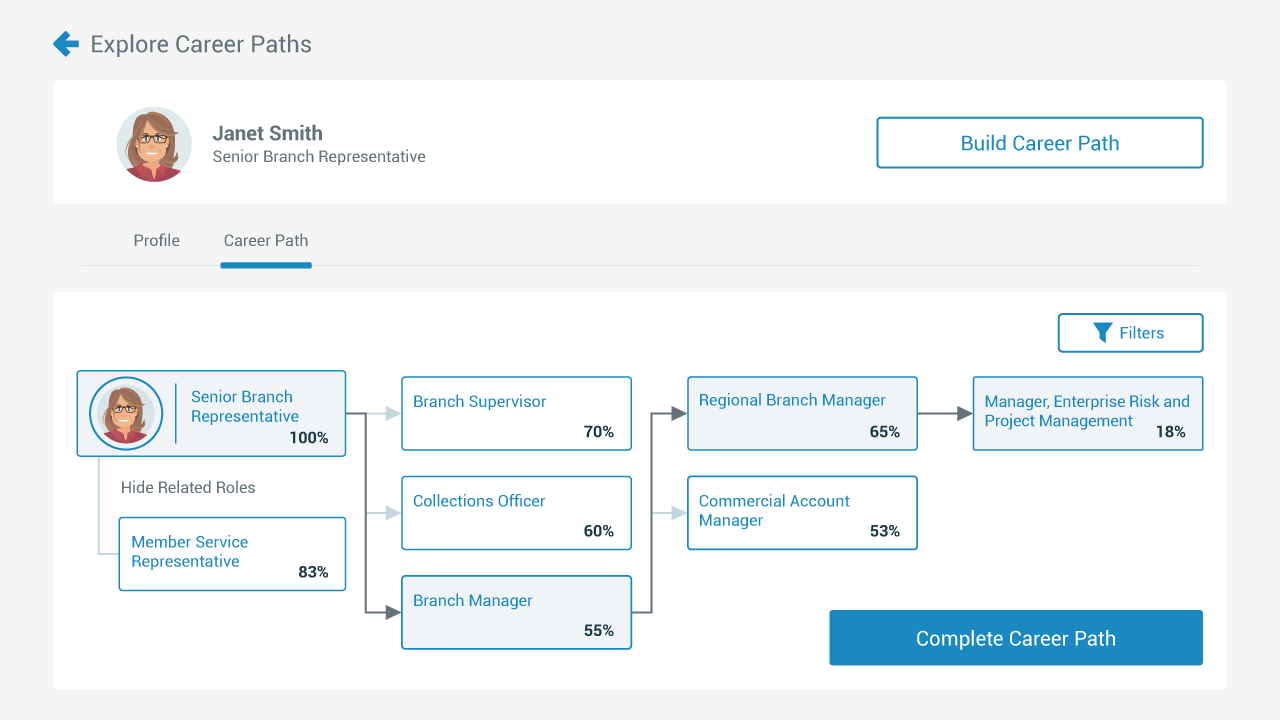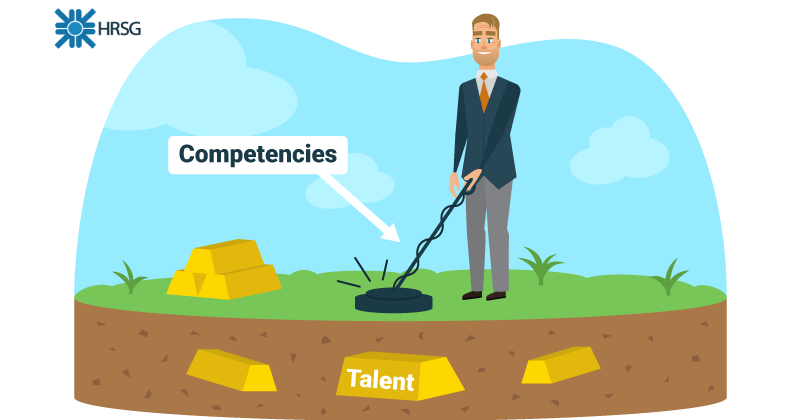Onyeka Ndukwe
Engaging and retaining top talent is more important than ever before.
Now more than ever, organizations need an agile and flexible workforce. Continuously working towards improvement and growth requires having the best people in each role, and having all employees meet high standards of motivation.
While talent management is key to building a strong foundation of processes that encourage success through hiring, onboarding, and development, talent mobility can help your organization go even further.
What is Talent Mobility?
The concept of talent mobility is exactly what you think.
On a practical level, talent mobility is the migration or movement of in-house talent to job positions where they can most effective in your organization.
According to The Echelon Group, talent mobility is defined as the following:
“The practice of moving people within an organization, in hopes that new skills will be gained and sharpened through the employees’ new roles and responsibilities. The objective is to have the right talent at the right place at the right time to ensure business results and successful business outcomes.”
With this definition, you can now move forward on the best way to start your talent mobility program.
How to Start Your Talent Mobility Program (The Right Way)
Starting something the right way is far better than starting it the fast way.
Think of a talent mobility program as the idea of moving talent in your organization to a lateral in-house position where they can better leverage their competencies, experience and skills towards your organizational goals. What does all this mean?
It means that with a talent mobility program, you have an idea to get your employees from their current job role (Point A) to a better job role (Point B) where they are be of more value to your organization.
As a HR professional, you have a destination in mind (the proper migration of your in-house talent) but how exactly do you get your in-house talent from Point A to Point B? It can be hard to go somewhere you’ve never seen. Especially if you don’t have a GPS or map to guide you.

*Screenshot of visual career pathing software solution
Believe it or not, the journey to a great talent mobility program starts with a great map. This is where career pathing comes into the picture.
The right career pathing software can help create a visual map for your in-house talent (based on your organizational structure) so you can see how to get employee X from their current job position to a better one.
With this digital map in hand, your organization can be better equipped to implement its talent mobility program to better deploy its talent and increase its employee retention in the process.
The Importance of Talent Mobility
Talent mobility is becoming a must-have for any company looking to hire and retain amazing employees, and develop and align your workforce to strategic business goals.
Essentially, giving employees the opportunity to develop and grow beyond the standard linear career progression.
Organizations benefit from focusing on building a mobility program, as you are more likely to get the most out of your employees’ skills. Having a flexible team means that you can focus your external hiring efforts on the most specialized and difficult to fill positions.
Employees are more likely to either seek out employment or remain with your organization because of the strong opportunities for development. People like to be given opportunities to thrive and contribute to organizational success, and the ability to grow within a company is highly valued by prospective and current employees.
Want to learn more about improving talent mobility in your organization? Get started with our Talent Mobility Toolkit:
Download your Talent Mobility Toolkit using the form below.
Benefits of Talent Mobility
- Reveal Hidden Talent & Attract New Talent
Managers or HR professionals who use career pathing can discover new things such as hidden or underutilized talent in your organization.
If you use competencies (with career pathing), it becomes easier to evaluate an employee’s qualifications against a job and promote to new candidates that your company is invested in developing & supporting its talent. - Career Pathing Builds Engagement and Commitment
Get ahead of employee turnover. By providing employees with the right career pathing tools they need to grow their careers internally, you can reduce the chances that they will seek opportunities elsewhere.
Watch This Employee Career Pathing Example
- Improved Succession Planning
With career pathing, you can avoid having to suddenly fill roles with employees who may not have enough training and are forced to deal with a short learning curve (on the part of your new hires).
Having a detailed map (thanks to the right career pathing solution), you will know the qualifications of your employees (for advanced job positions) and the competencies they currently have.
You can also have regular conversations with employees so you can determine who is interested in moving to a different position and how you (the manager or HR professional) can help them get there.
This also shows employees that you are thinking about their future with your organization, leading back to improved engagement and retention.
Using Talent Mobility To Create An Internal Leadership Pipeline
Talent mobility allows you to create a strong leadership pipeline while improving engagement and retention.
According to a report by Global Human Capital Trends, 53% of younger workers want to take on leadership roles, but only 6% of organizations have strong leadership programs in place. Having a mobility program in place means you are able to see how employees perform in a variety of roles, and use data from learning and performance activities to identify leadership candidates.
Engagement and retention is improved because employees have ongoing potential to achieve new goals and meet new challenges, create meaningful connections, and build skills.
Enhancing Talent Mobility with Competencies

So how can competencies enhance your organization’s talent mobility? Because competencies identify the crucial behaviors and qualities needed for success in a particular job, employees are able to see what competencies they need to make not just vertical moves, but also lateral.
For instance, without competencies making a move into another department but at the same management level seems complex.
It can be unclear whether employees have the skills necessary for success in such a seemingly different role. Competencies allow connections to be made between roles in different departments, and employees can see what skills they already have to be useful in another role.
People can also clearly see what skills they lack, and create a specified development plan as a result. Competencies also allow people to see when they are performing well, leading to greater engagement and retention.
If you’d like to learn how competencies can help you engage and motivate your employee talent, talk to one of our experts today!
Learn More About Competencies & Talent:
Post last updated: January 7, 2021

Submit a Comment